Greener and cleaner: Reimagining our cities in the wake of COVID-19
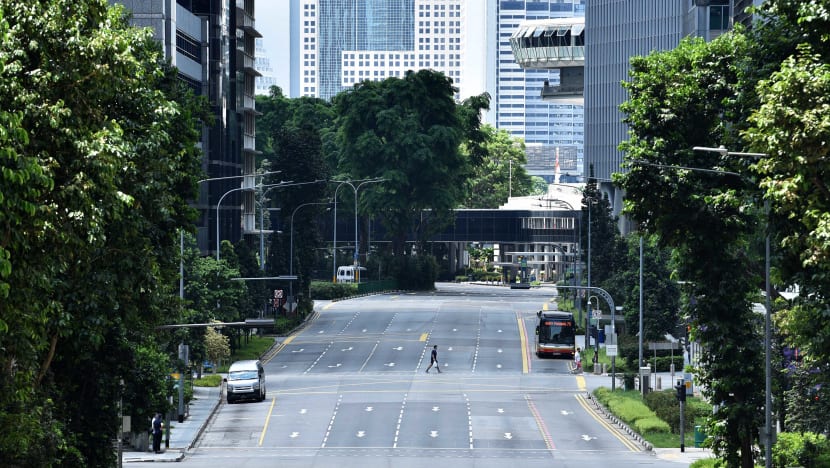
An almost deserted Shenton Way n the Central Business District during Singapore's circuit breaker. (Photo: Jeremy Long)
BANGKOK: Cities around the world are reimagining the future, using the pandemic as an opportunity to come up with urban solutions that will make life better once the worst is over.
They are aspiring to create greener spaces in their urban areas, improve connectivity, reduce congestion, focus on sustainability, be more adaptive and smarter with technology and materials.
Across Europe and North America, streets usually clogged with car traffic are being turned over to pedestrians and cyclists. Others, including Paris, are doubling down on efforts to create urban forests and eradicate pollution for the long term. These measures, in some places, could become permanent.
Yet, there appears to have been little discussion about the ways Southeast Asia’s cities might adapt to a different looking future.
COVID-19 has illuminated to planners and citizens alike the strengths and weaknesses of their urban environments.
As people have been forced inside, out of schools and workplaces as well as away from one another, new challenges have been presented. And things taken for granted, like access to nature, clean air and water, reliable internet as well as room to move have become even more highly valued.
Momentum for change comes at a time where economies are at their most vulnerable.
Life may not return to the way it once was. Cities will need to adapt to a new reality and there are no universal solutions.
Meantime, climate change is expected to bring even more challenges - physical, environmental and health-related - in the coming years.
CNA asked leading urban planning and design experts around the region - in Singapore, Bangkok, Manila, Kuala Lumpur and Jakarta - for their ideas and aspirations for greener, more equitable and resilient cities, once the coronavirus challenge is overcome. Here are some of their suggestions:
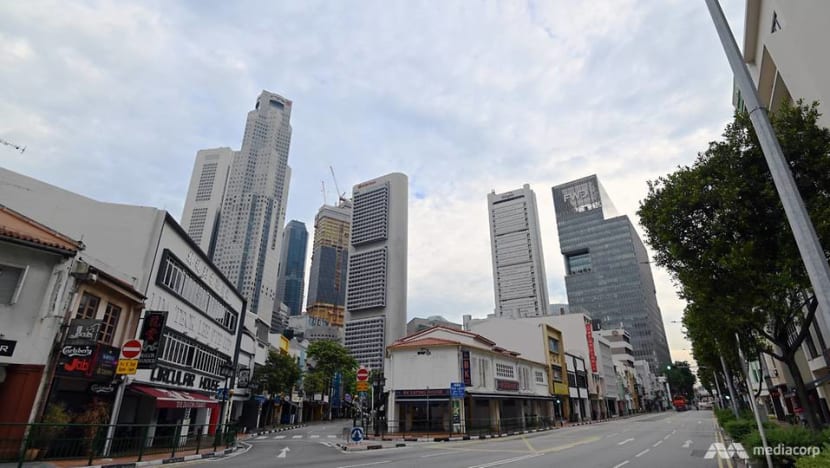
SINGAPORE
Tan Shao Yen, Group Chief Innovation Officer, CPG Corporation
1. High density, with a difference
Densification will be redefined, especially in land-scarce Singapore. Going forward, with the possibility of a pandemic in our lives, we will continue to optimise land use with high density development but with a difference. In the past, high-density development was always associated with crowds.
In the new normal, footfalls at public places such as retail malls may be controlled to avoid overcrowding, and smart solutions to manage visitorship will be implemented.
To cater to the social need of human beings, premises may operate longer to avoid high peaks. A new era of high-density development with lower density activities, augmented with virtual technology participation may be ushered in.
Consequently, problems relating to traffic congestion, air quality and waste management may be solved.
READ: Commentary - The wonder of clear skies and returning wildlife is our new climate problem
2. Healthier transport options
Once the majority of the people are working from home or local district offices, the need for people to travel will change, driving new traffic patterns and mobility options.
More will adopt healthy mobility options such as walking or cycling, which can now fulfil most of their daily activities.
The use of cars or public transport will be more for social visiting or to attend to physical activities that are not possible by digital means. Commuter volume will be low in density and well distributed throughout the day. Car sharing as a business model to cater to people’s occasional needs will be increasingly relevant.
Once the road system does not need to cater to peak demand during rush hours, the pressure to expand the road system will ease.
We should consider whether the existing road infrastructure could be adapted to provide more space for cyclists and personal mobility devices within each local district.
Such spaces could be better integrated with the landscape and form comprehensive networks with the park connectors that Singapore is actively expanding. We could also consider whether some of these expanded green networks could provide land for urban farming and food production.

3. Smarter schooling
Whereas online learning was once a supplement to mainstream modes of education, the Circuit Breaker enforcement and similar control measures in other cities have turned online learning into the main mode.
Further education innovation allows students to learn through gamification and multi-media technologies anytime anywhere.
This does not mean schools will become obsolete. On the contrary, the physical sense of belonging to the school environment will be even more important. To do so, educational institutes must embrace ‘smart’ in its core.
We envisage that the future design of post-pandemic educational facilities will be divided into two groups; one for kindergarten and primary, and the other for secondary and tertiary, with different strategies and facilities applied. Young children should be separated into small groups with staggered activities and supervised constantly.
Although young adults need less supervision, they thrive better as part of a school community. A weekly rotation between home-based learning and school will give all students that much needed teacher and peer engagement.
4. Interactive shopping experiences
Customers’ demand for better retail experience beyond the essentials may lead to physical stores becoming thematic experience centres.
A visit to the store could become more akin to a visit to an interactive museum, where the in-store experience could be enriched by virtual, simulated, and interactive experience with virtual and augmented reality, providing contextual information for better decision-making process.
Customised products may also be an option, involving AI, digital tools, and 3D printing. Thereafter, any purchase is done through online payment and home delivery, which is the new norm.

BANGKOK
Kotchakorn Voraakhom - Founder and Chief Executive, urban design firm Landprocess
1. Liveable and walkable
Bangkok should focus more on the public space and green infrastructure that make the city more livable rather than the temporary infrastructure in the city for tourists.
We can see that during the lockdown, when there were no tourists, all of the workers and migrant workers went back to their hometowns. The emptiness of Bangkok shifts our focus to its residents and its physical condition.
Bangkok without visitors reveals clearer perspectives on its needs and critical problems to be fixed, not for visitors, but the sustainable green infrastructure that makes the city more livable, walkable, and suitable for its future and new uncertainties to come.
For the health of the city and the health of its people, green public infrastructure, a walkable city and social-distancing are what should redefine our urban development in all aspects.
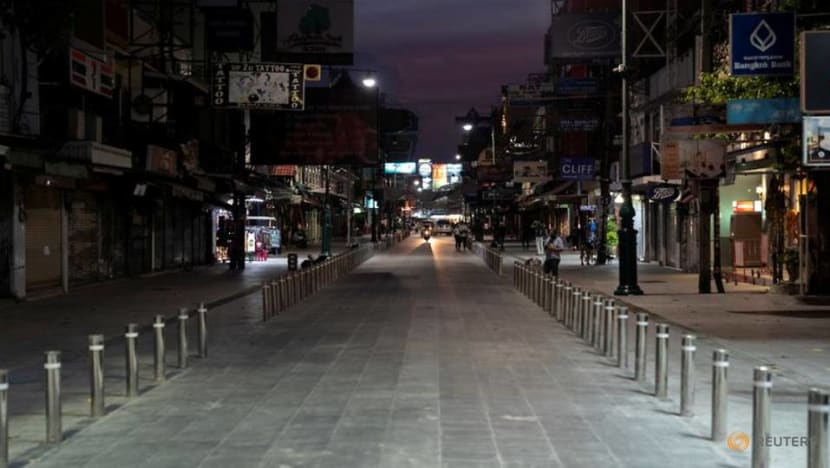
2. Green public spaces
Repurpose our public spaces to better accommodate urban populations and restore ecologies and green infrastructure, ultimately leveraged to support public health. Public green space, streets, and parks in supporting public health should become the norm.
Being outdoors with natural light and ventilation is safer than being indoors. It’s clear that our public green space and walkable street life will be more extensively harnessed in any hour of need.
There is no physical health without mental health. Park and green space areas also benefit the city and its citizens, both physically and mentally.
Just green is not enough. Biophilic design adds more depth to how we green our city, not only in visual beautification but also to increase biodiversity in the natural environment.
READ: Thailand passes record stimulus package to combat COVID-19 impact
3. More equitable health solutions
The COVID pandemic helps us reflect on the collective environmental problems we have. It also echoed the inequity issues in our society, especially limitation access to health-care, technology, and decent healthy living space.
For decades, the emerging pandemics happen in such loop frequencies, and are most likely to severely spread in an urban setting.
We should learn from this circumstance to adapt and become more resilient for the future of our urban development. With resilient public space and a good healthcare system, we will conquer this battle.
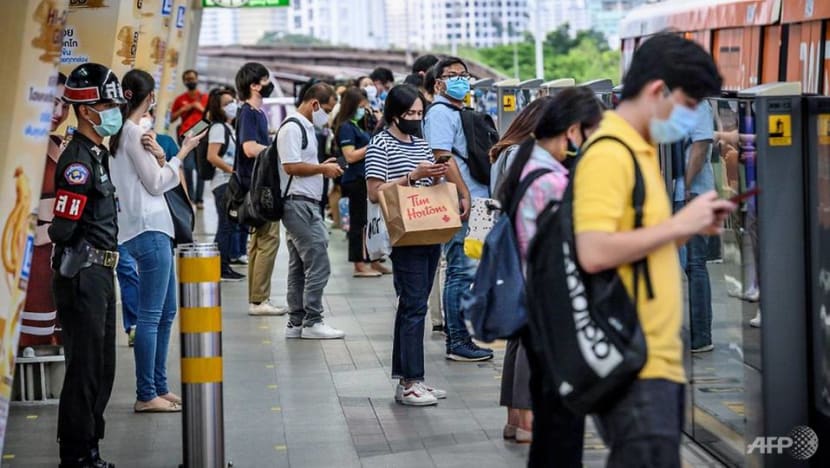
MANILA
Mark Evidente, Lawyer and Environmental Planner & President, TwoEco, Inc. Sustainability Consultants
1. Helping and housing the underserved
Millions of the metropolis’ residents live in crowded, informal (often illegal) settlements, reflecting a basic fact that legal dwellings are ultimately outside the reach of the millions who toil within the city, providing essential work that is often ignored.
Building back better for the underserved millions requires, not just the development of proper mass housing, but also the development of proper institutions to ensure distribution and access to social services, from training programs to local libraries to social safety nets.
It requires housing programs that integrate green design and disaster resilience.
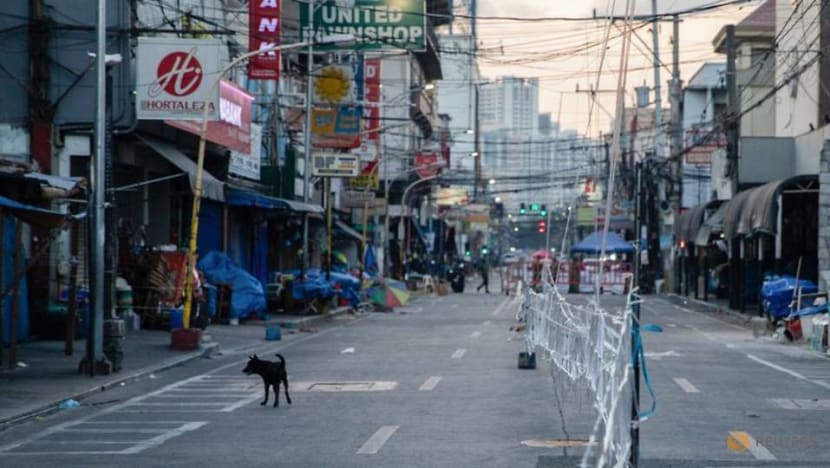
2. Appreciating culture without tourists
Many of the cultural sites of the Philippines are conserved and maintained with revenue from tourism. Those of the capital metropolis are no exception. With the disappearance of tourism as a result of global lockdowns and the likelihood that it will take years to recover, these sites – and the cultural knowledge, practices, and significance they represent and communicate – are now at risk.
We must acknowledge the importance of heritage sites to our identity as a people. It requires that they receive more consistent and comprehensive support from the government, not merely as an incident of tourism, nor one that is easily put aside in the context of real estate development.
It requires that the government embrace new approaches to include adaptive reuse, establishing a national trust to manage these sites and generate new drivers of the economy, but within a framework that recognises and respects the importance of these sites.
READ: In Philippine slums, heat, hunger take a toll under lockdown
3. Focus on emissions
While the air cleared up and emissions fell during the lockdown, these environmental gains came at a very high price.
The overloaded and inadequate public transport system can likely be a point of transmission, and many will resort to private vehicles, further compounding traffic and emissions from transportation.
The pandemic also revealed the great need for public open space for both physical and mental health, as people grappled with being locked in for over two months.
Building back better requires that governments and communities come to grips with waste and processing that waste for energy. It also demands that a serious effort is undertaken to carve out public, open, green spaces within the metropolis as a way to reduce emissions and reduce flooding.

JAKARTA
Chintan Raveshia, Cities Planning and Design Leader, Arup
1. Car-free neighbourhoods
Jakarta under partial lockdown offered a rare respite from the city’s notorious traffic. This glimpse into a Jakarta with free-flowing traffic is a powerful image and an opportunity to rethink the city’s reliance on cars and its attitudes towards vehicle ownership.
Starting small could be a big step into quieting the city’s infamous traffic problems.
At a neighbourhood level, authorities could free streets of cars, through interventions that emphasise active mobility, such as walking, cycling and personal mobility device infrastructure, integrated with public transportation.
Each of these car-free neighbourhoods can in turn be connected via protected corridors for commuters. Over time, the aspiration is to form an interconnected web of car-free neighbourhoods that come together as organic, grid-like, sustainable precincts – reclaiming congested roads for the people.
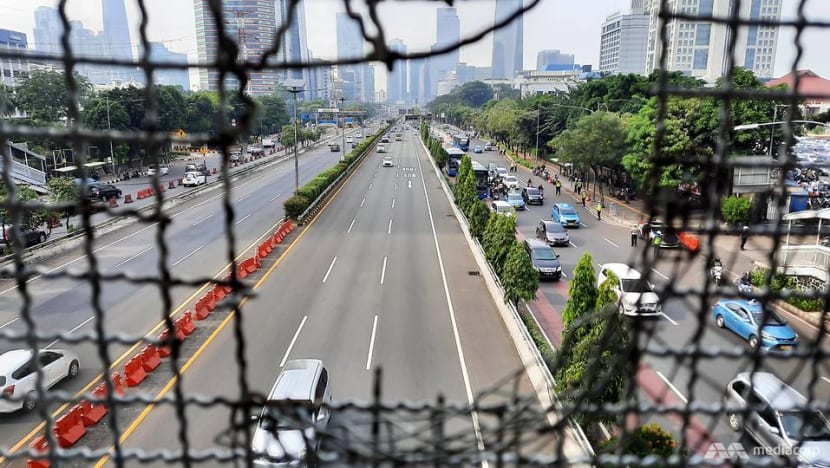
READ: Indonesia minister slammed for 'virus is like your wife' remarks
2. A reinvigorated, green waterfront
Chronically clogged waterways are among the reasons for Jakarta’s flooding problems and a major stain on the city’s aesthetic. However, with careful planning and a programme of interconnected interventions, there is potential to tackle more than just the rehabilitation of its clogged waterways.
As lines leading to the heart of the city, Jakarta’s 17 rivers and canals can be transformed into a transport option, connecting neighbourhoods to major civic, community, and transit destinations in the downtown area. There is also potential to create a continuous pedestrian and cycling corridor along the canals.
Investors and developers would then be incentivised to clean up waterways, as precious waterfront development are regenerated, creating destinations where people want to be.
In turn, the benefits of more walkable city districts, with clean water access and better waste management, could be reaped. Persistent public health issues arising from water-borne or water-related diseases could also be mitigated.
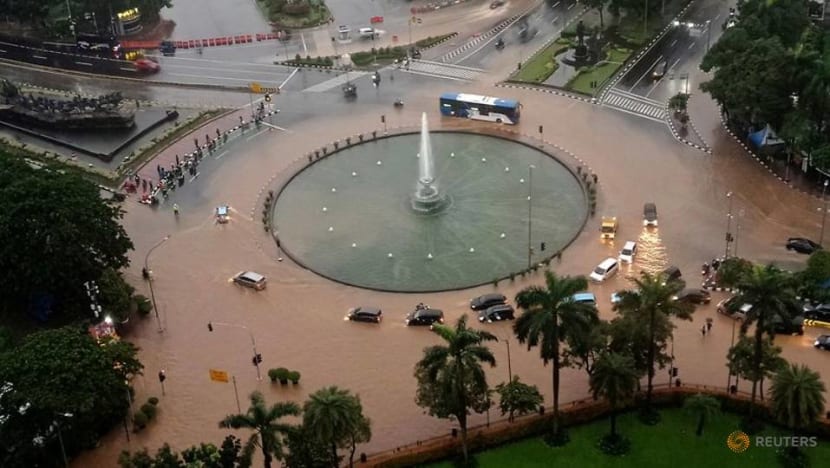
KUALA LUMPUR
Stellios Plainiotis and Hans Weemaes, NEAPOLI Environmental Design & Engineering
1. Decongesting the city centre for good
Remote working can offset some of Kuala Lumpur’s most pressing urban woes: congestion and housing affordability.
When team members work remotely, they also spend less time every day on congested Malaysian roads and highways. This has a positive effect on quality of life, urban air quality, and the overall carbon footprint of doing business.
By reducing the necessity for people to concentrate in Malaysia's limited pool of neighborhoods with access to good jobs, Malaysia will reduce demands for housing that exceed what citizens are able to buy and rent. As a result, mortgage and rental costs will stabilise.
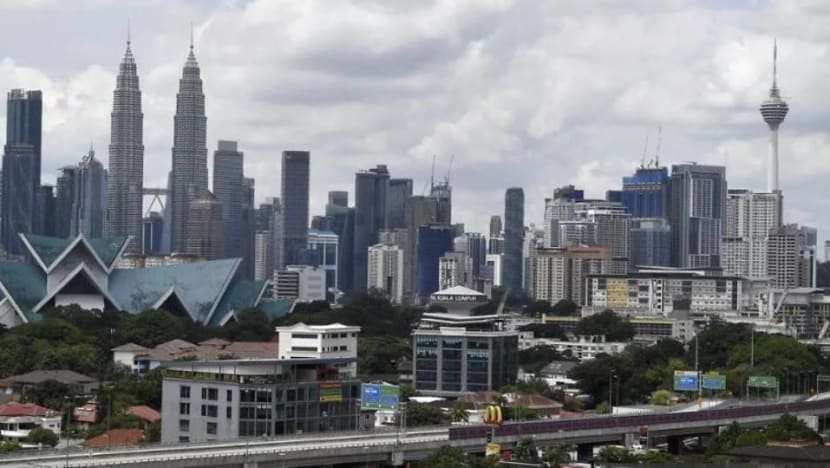
READ: How will Malaysia's environment fare after the lifting of COVID-19 restrictions?
2. An affordable green building movement
The pandemic arrived in Malaysia during a period of intensifying climate risks, uncertain economic growth and rising concern on housing affordability. The crisis will exacerbate all those trends.
As foreign investment and short-term rental demand may decline in the post COVID19 era, more emphasis will be placed in meeting the essential needs of the local market.
Sustainable affordable housing can effectively link public health, environmental and housing policies. It is possible and there is no reason why we must not solve three of our most pressing issues at the same time.
Traditionally, Malaysia’s green building movement had largely focused on middle-to high-income developments. It is now the best time to extend the concept to the affordable market segment. Sustainable construction can reduce both capital and operational building costs while maximising occupant health and comfort, thus unlocking long-term affordability.
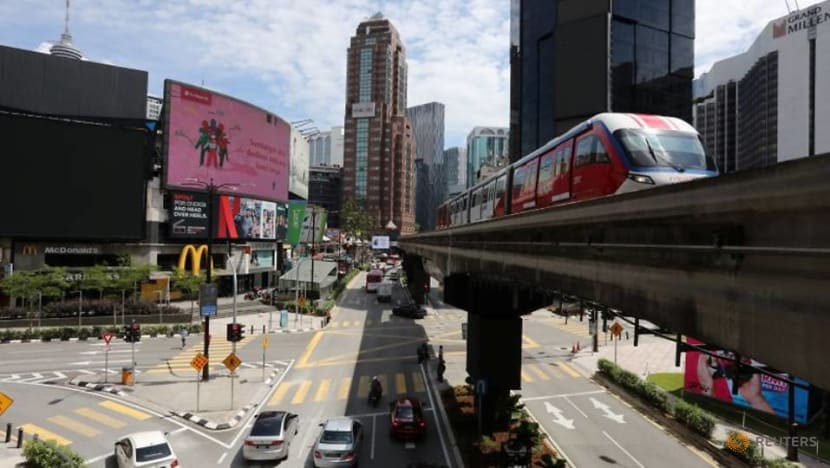
3. Empathy for work-at-home employees
What happened during COVID has been a strong acceleration of trends. These include more working from home, more flexible hours, fewer commutes and less time in face-to-face meetings, and executives sympathising about the employees’ domestic situations.
We expect that after COVID, we keep some of these habits of flexibility, habits about caring for our communities, and habits about working from home when we can.
We must act fast to build fair and reasonable working practices, including suitable working from home arrangements, and understanding the particular situation of each employee.
BOOKMARK THIS: Our comprehensive coverage of the coronavirus outbreak and its developments
Download our app or subscribe to our Telegram channel for the latest updates on the coronavirus outbreak: https://cna.asia/telegram














